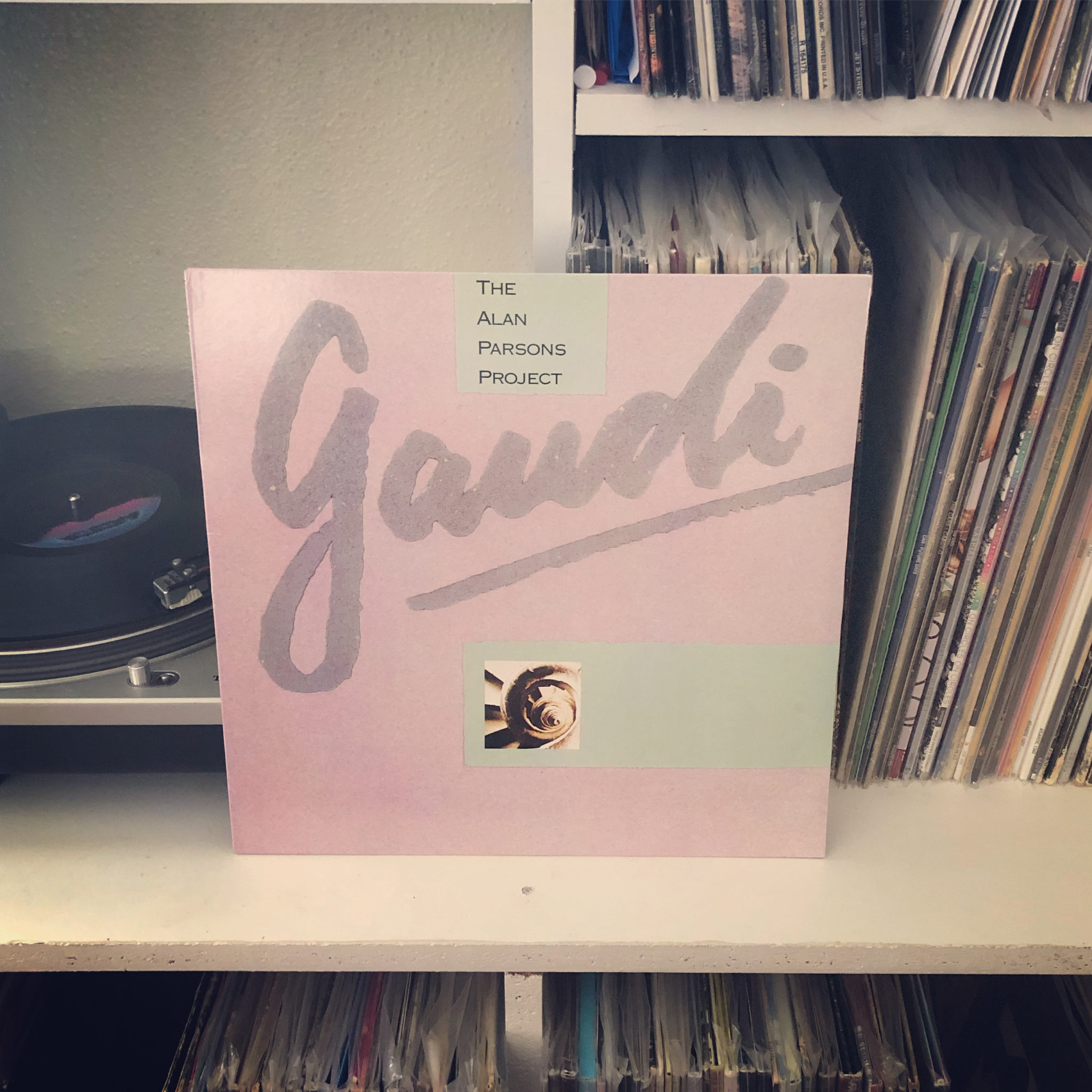
Until recently, I had held the narrative that the Alan Parsons Project began as a wonderfully ambitious progressive rock outfit that shifted their sites on middle of the road pop rock as their career went on.
If nothing else, acquiring their entirely discography recently completely demolished that narrative. Chiefly, their tenth and final record Gaudi, which might be one of the most ambitious records of their career.
Read more at ayearofvinyl.com #alanparsonsproject #progressiverock #progrock #poprock #symphonicrock #vinyl
If I had any lingering suspicions that collective leaders Alan Parsons and Eric Woolfson had abandoned their progressive tendencies, Gaudi crushes it with the opening track. “La Sagrada Familia” is a nine-minute shape shifting symphonic rock epic that features all the best parts of the Project: flawless vocal hooks, sophisticated orchestral arrangements, and fantastic guitar and saxophone solos. It maintains the full experimental spirit of I Robot, which has forever been my platonic ideal of the Alan Parsons Project (even if I’ve discovered that their musical center is much closer to The Eye in the Sky).
While nothing on Gaudi reaches quite as high as “La Sagrada Familia” (how could it???), there are plenty of fantastic tracks here. “Standing on Higher Ground” sees the return of Stereotomy’s steely synth arpeggios as it rocks through one of the Project’s catchiest choruses ever. “Too Late” adds one more notch in Lenny Zakatek’s list of great rock songs.
The glittering “Closer To Heaven” is a near perfect 80s ballad, which was unsurprisingly featured on Miami Vice. “Inside Looking Out” is disguised as a cheesy ballad, but is one of the group’s most emotionally affecting tunes, complete with a full orchestra. Closing instrumental “Paseo de Gracia” brings back the symphonic rock of the opener, revisiting many of the melodic motifs.
After this record, the partnership between Alan Parsons and Eric Woolfson would dissolve. However, if that collaboration was coming apart at the seams, it didn’t make it onto the tape, as Gaudi their most cohesive record in years.
However, thematically this might be one of the weakest albums in their catalog. The record is named for Antoni Gaudi, a Catalan architect famous for his work in Barcelona, primarily La Sagrada Familia. However, besides the opening track, the rest of the album doesn’t seem to be too informed by the architect. Disregarding the question, “how do you write an album based on architecture anyway,” the theme doesn’t seem to offer as much unification between the tracks as there has been in previous records. However, that doesn’t take away from the strength of the tracks. The concept may not be that strong, but it’s still a good record.